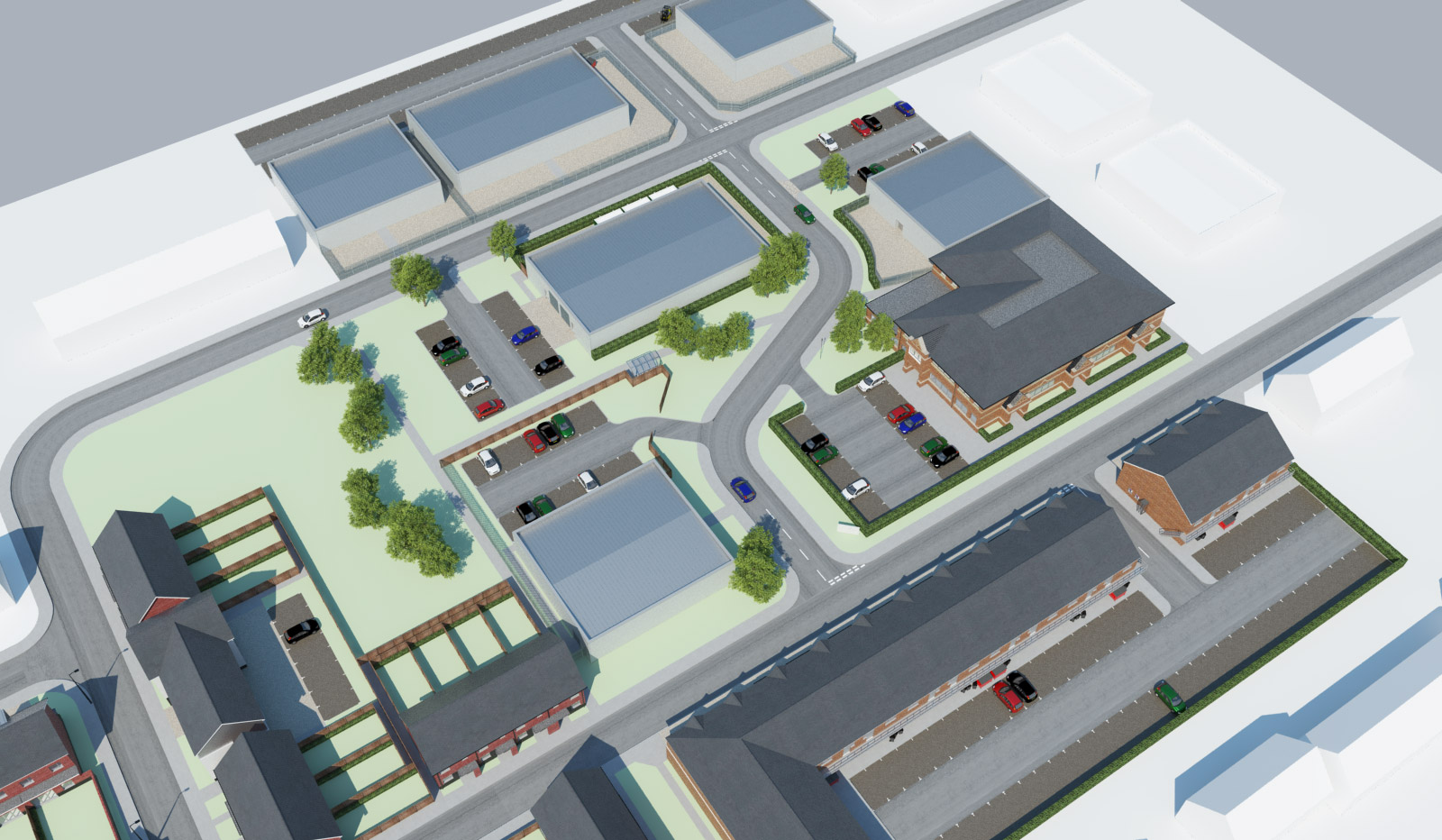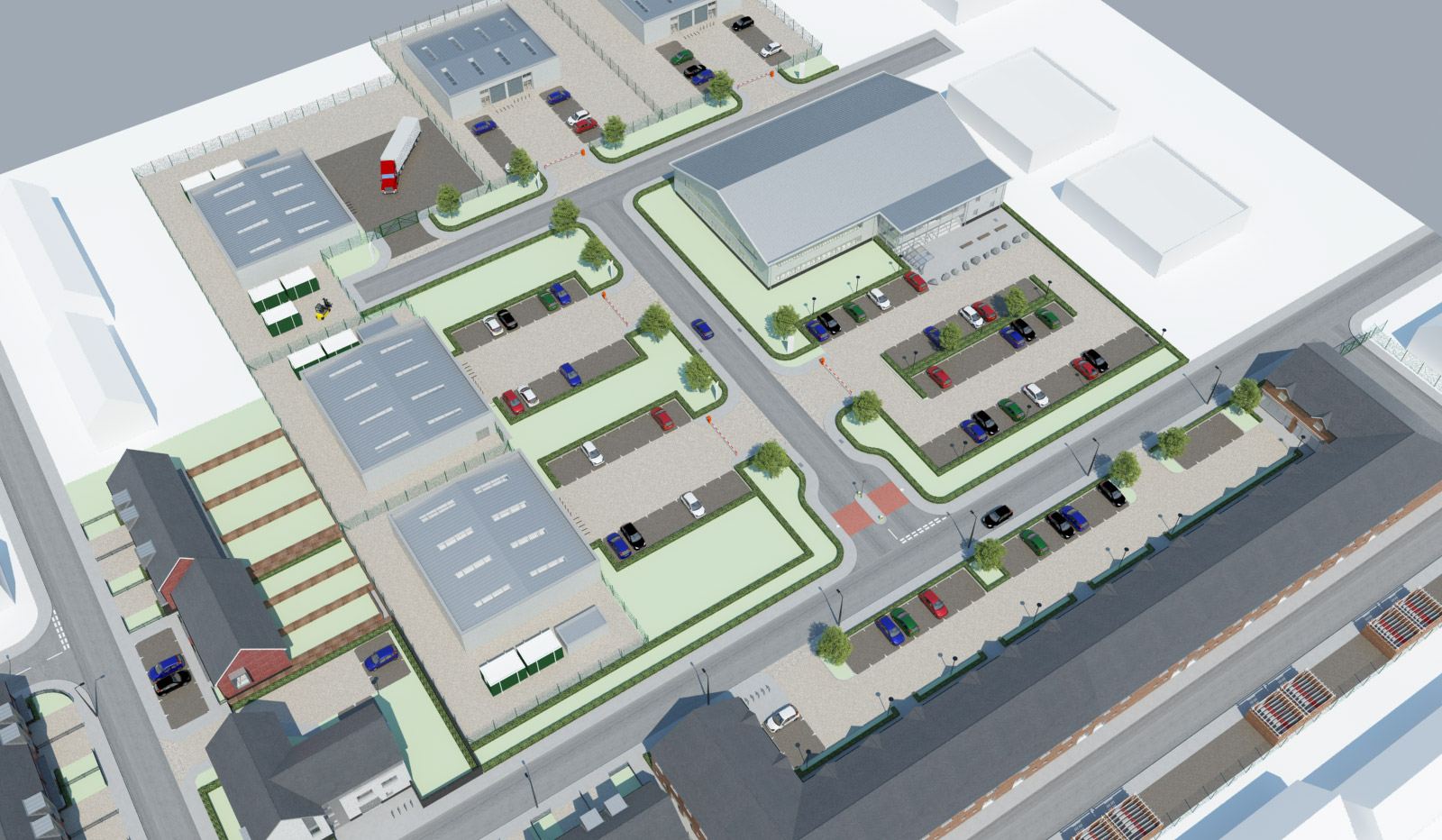






Routes through development are not direct, lacking sight lines (blind corners) and therefore opportunities are missed for natural surveillance to deter criminal activity.
Close
There is no clear demarcation between the public highway and the commercial development. Design and surfaces of the through road are visually similar to the surrounding public roads, encouraging use as a cut through.
Close
Unobserved isolated footpaths create inappropriate permeability, provide easy access to sides and rear of properties and are intimidating for those that use them.
Close
The existence of several entrance points provide the criminal with inappropriate access to areas that may provide criminal opportunity and also provide additional escape routes.
Close




